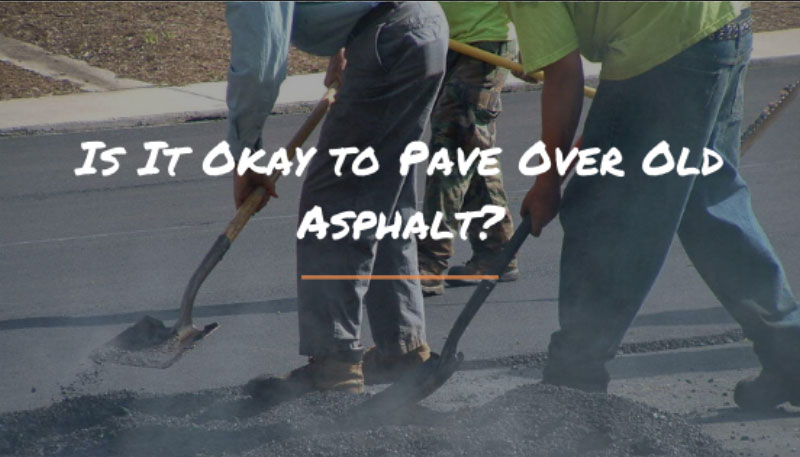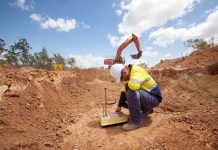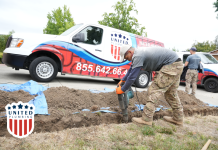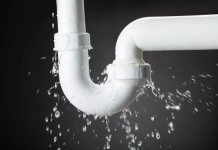Thinking of getting your asphalt driveway repaired? Perhaps, you’re not sure how to go about it considering the costs and the state of your driveway. But if you’re looking for a middle ground, you probably want to check out all your options before finally making that investment.
Nevertheless, whatever type of fix you choose to do, always consider checking the structural condition of your base. If the 15-year mark hasn’t lapsed yet and your sub-grade is still in mint condition, a good alternative would be to opt for an asphalt overlay.
What is an Asphalt Overlay?
The most common question that people ask is, is it possible to just remove the damaged layer altogether and pave a new one over the existing sub-base? And the answer to that is yes, it is possible with an overlay or resurfacing.
An asphalt overlay can save you a few hundred bucks if you’re fortunate to have a structurally sound foundation but is struggling with a seriously deteriorated blacktop surface. It’s the best option if you don’t want to spend a lot on re-installing a new pavement considering that your old structure can still support a new top layer. With this solution, you get to extend the life of your asphalt pavement at an affordable price and without completely removing the whole substructure.
How Does an Asphalt Overlay Work?
Now, the question is how does an overlay actually work?
Assessment
Culvert underneath roads and railways that allow water or streams to pass through. Culverts prevent flooding and erosion, making their job extremely important. In the case of culvert repair, culvert rehabilitation or relining is significantly less time-consuming and less expensive, allowing culverts to be restored instead of replaced.
Determining the condition of the existing structure is crucial in calculating how the overlay should work out for your driveway. There are a couple of variables to look out for before starting on the work such as the depth and severity of the damages, and the thickness of the overlay, as well as taking into account any possible drainage issues that the pavement has. You see, a drainage problem is a serious matter because if you have water directly affecting your asphalt, it could corrode the sub-base over time. As a consequence, it would eventually cave in and crumble until you’re left with no choice but to get a full replacement.
Pavement Milling
Once a thorough assessment is done, the next step is to remove or mill the old and heavily damaged top layer to prepare the base and ensure that the surface is smooth and even when the new asphalt mix is applied. The depth of the surface that will be grinded varies also on the extent of the damage, but on average about 1” to 3” of the asphalt surface is usually removed.
Repairs
Consequently, once the distressed top has been taken off, it’s time to prepare the base. In this process, minor holes, rutting, sinking or soft spots are repaired and the surface is graded or leveled off to make sure that it is flat and even.
During this part, it is important that the sub base is compacted properly to make sure that the base is strong, durable, and secure to last you for several more years. Now, once all problem areas have been identified and fixed, a binding agent is laid to ensure that the base is stable and ready for a new asphalt surface.
Paving the Surface
Once the supportive structure is set, the final step is to apply the asphalt overlay onto the newly repaired surface. Usually, the amount of asphalt overlay varies on the condition of the existing structure or driveway but on average a 1.5” to 2” thick of asphalt overlay is applied. However, those with drainage issues will need a thicker layer of overlay to create a sloped top that will allow runoff water to drain properly.
Final Reminders
Again, a resurfacing is only the best alternative solution to a pavement that has certain areas in distress or some spots that were heavily battered but given that the base is still in good shape and which life expectancy can still be extended if given the necessary repairs. Having said that, if you’re trying to work on something with an already unstable sub base, that could be a waste of time and money if the base would not be able to hold up for long. So, make sure to carefully assess the condition of your pavement’s foundation before choosing to replace or resurface it.
For asphalt driveway repairs, resurfacing and other paving services, you can look for driveway repair in Hartford to help you with getting your asphalt surface back in top condition.









